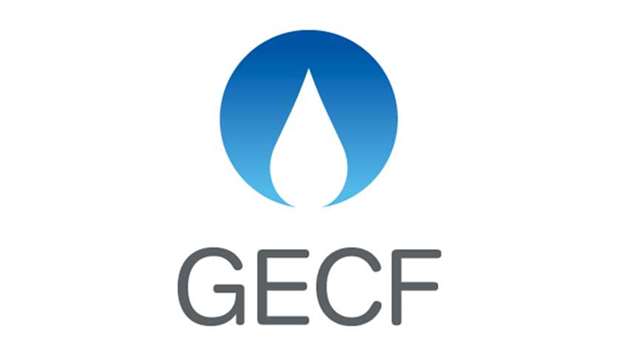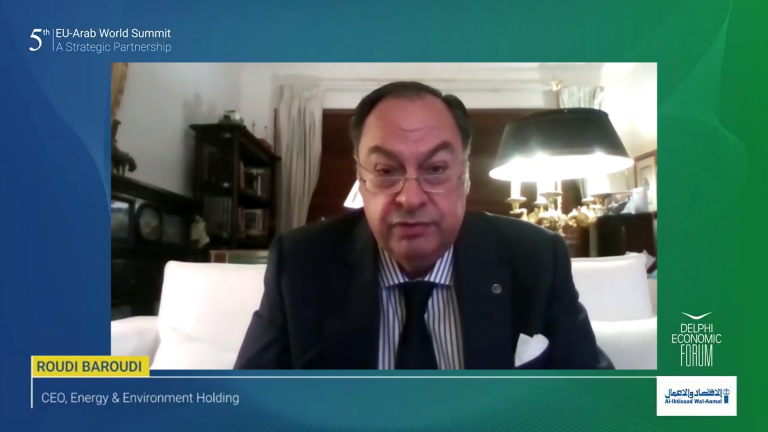Jet fuel consumption remains the hardest-hit section of the global oil market as passengers avoid air travel because of the pandemic and government travel restrictions.
The specific problems of the jet market explain why refinery margins for closely related distillates such as diesel are being hit much harder than benchmark oil prices.
Jet fuel’s travails have helped push distillate margins to their lowest levels for more than a decade and are undercutting refinery demand for crude.
Sustained recovery in distillate margins and crude oil prices will therefore depend on a wider resumption of cross-border aviation.
But an early resumption of long-haul flights is looking less likely than a few months ago, given the resurgence of coronavirus cases in many parts of the world.
So an upturn in jet consumption, and with it distillate margins and crude oil prices, depends on one or more of three factors: early deployment of an effective COVID-19 vaccine; alternative methods of infection control (such as rapid testing or improved contact tracing and isolation); or lifting air travel restrictions with or without a vaccine.
Quarantines and other infection controls have mostly been imposed on a national or occasionally continental basis, and on potentially infective passengers rather than manufactured products.
As a result, passenger aviation has been hit much harder than freight, and within the passenger sector, long-haul intercontinental flights have been more severely affected than short-haul and domestic services.
Domestic markets rebound
Globally, air freight tonne-kilometres were down just 18 per cent in June compared with passenger revenue-kilometres down 87 per cent, according to the International Civil Aviation Organisation.
In Hong Kong, which has adopted some of the strictest quarantine requirements, air cargo volumes were down just 2 per cent in August from a year earlier while passenger numbers, excluding transit passengers, were down 99 per cent.
On the passenger side, countries with a large domestic market, including the United States and China, have seen a stronger rebound than countries that depend on international departures and arrivals such as Britain.
China’s passenger aviation volume was down by about 40 per cent in August compared with the same month a year earlier, based on passenger-kilometres flown, according to the National Bureau of Statistics.
By contrast, Heathrow airport reported passenger numbers were down by 69 per cent in August for domestic and short-haul flights within Europe, and down by 92 per cent for long-haul flights outside Europe.
Business-related travel has been hit harder than leisure journeys as a result of the cancellation of conferences and in-person customer visits.
Most aviation experts expect business travel to recover more slowly than leisure journeys over the next 12 to 24 months, mirroring the experience after previous business cycle downturns.
The recession’s lingering effects will encourage corporate managers to focus on cost control even once coronavirus restrictions are lifted, and discouraging discretionary flights is the easiest target for short-term savings.
Jet fuel consumption takes off
Global jet fuel consumption was about 8 million barrels a day in 2019, or about 8 per cent of global petroleum consumption, according to BP.
But it has been one of the fastest-growing sections of the market over the past decade, with consumption growing by almost 2.7 per cent a year between 2009 and 2019, compared with 1.6 per cent for all petroleum products.
While jet consumption remains a relatively small component of the total petroleum market, it is much larger compared with the market for other similar middle distillates.
In 2019, jet fuel accounted for 22 per cent of worldwide consumption of middle distillates, a group of fuels which also includes diesel, heating oil, gasoil and kerosene, and totalled about 36 million barrels a day.
The pandemic-driven slump in aviation, especially fuel-hungry long-haul passenger aviation, has cut jet consumption by more than half.
Even with its domestic market, jet fuel consumption in the US is still down by more than 55 per cent compared with levels from a year ago, according to weekly estimates from the US Energy Information Administration.
Jet fuel, with strict quality specifications, is normally a premium product and makes a big contribution to refinery margins and profitability.
Following the pandemic, however, refiners have been forced to dump unwanted jet fuel into the broader and less-profitable pool for other middle distillates.
The diversion of surplus jet fuel has contributed to oversupply and bloated stocks of other middle distillates and is weighing on refining margins.
In turn, oversupply of distillates and poor margins are incentivising refineries to limit their crude purchases and processing, holding back wider recovery in the oil market.









